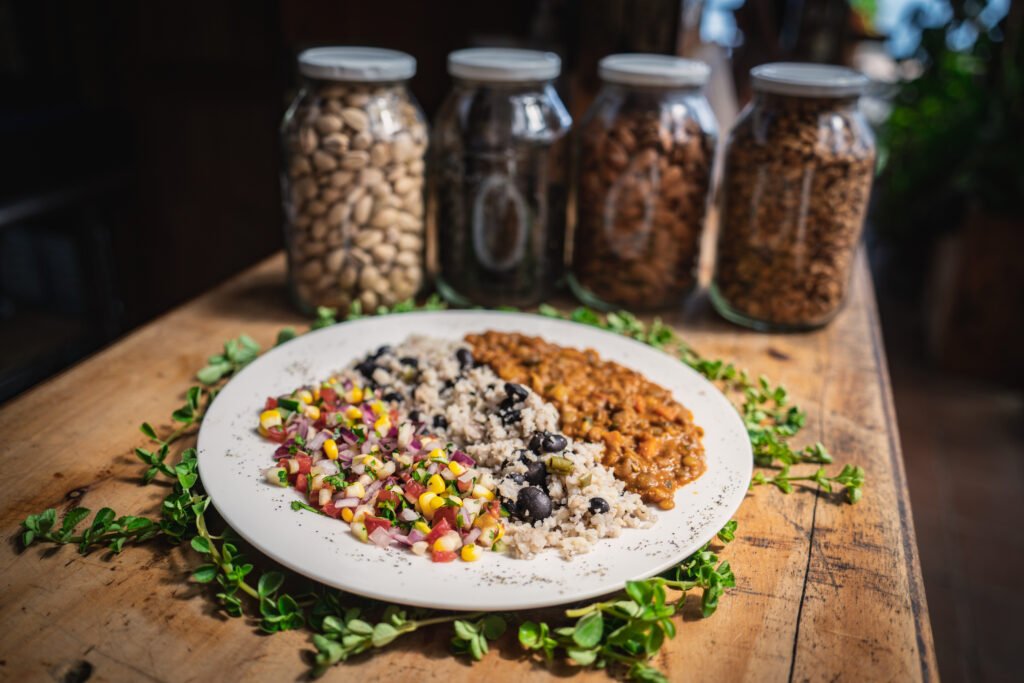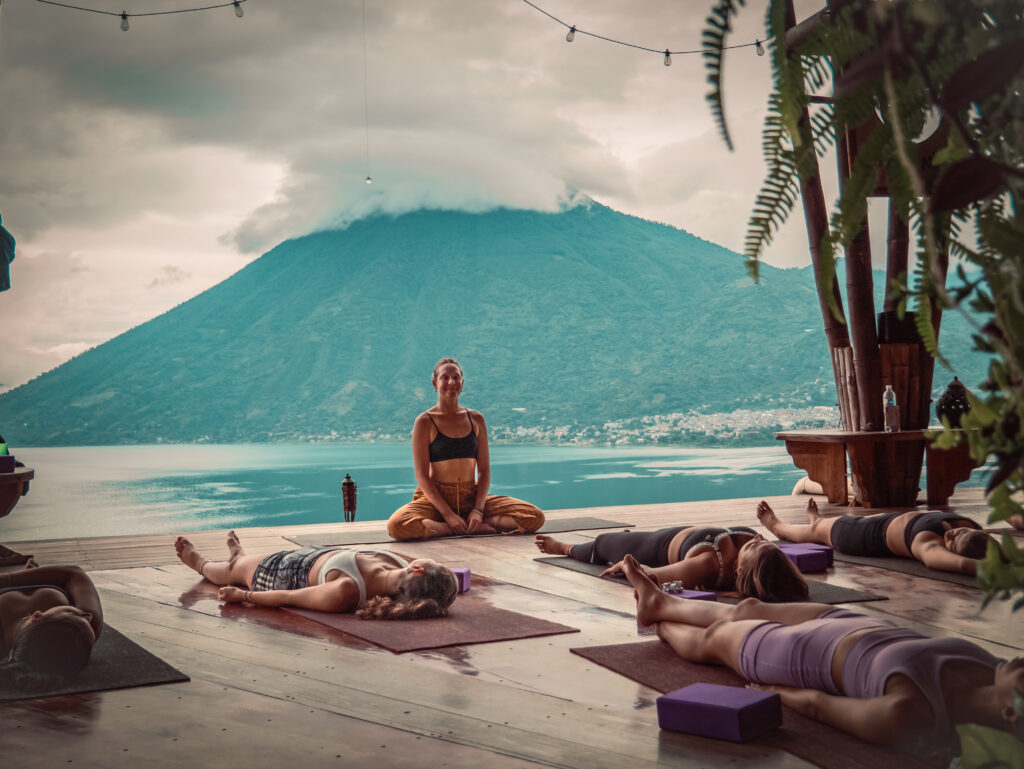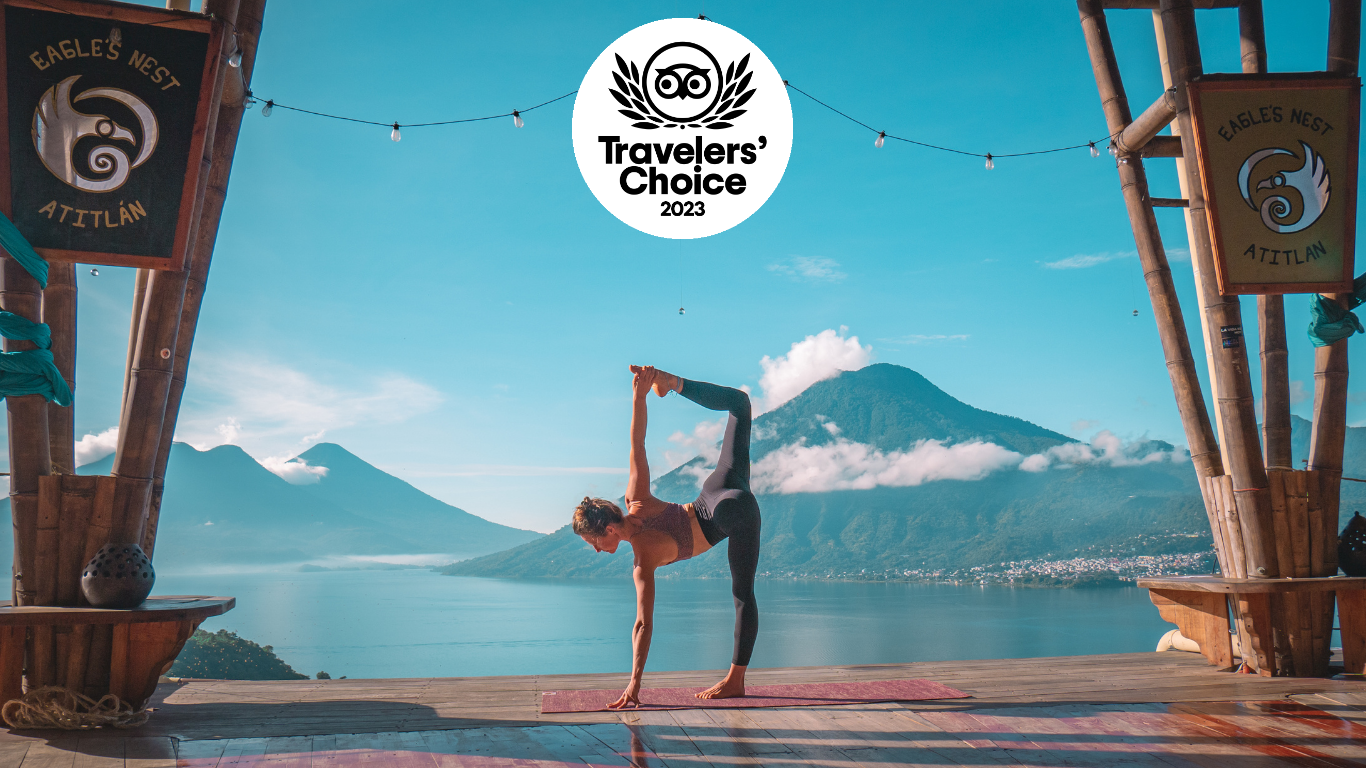Exploring the Top 4 Rich Tapestries: Guatemala vs Jamaica Culture Insights

Historical Context: Foundations of Guatemalan and Jamaican Societies
The historical context of Guatemala and Jamaica sets the stage for the rich cultural landscape that defines both countries. In Guatemala, ancient civilizations like the Mayans have left an indelible mark that blends with the influences of Spanish conquest, resulting in a society where pre-colonial heritage is intricately interwoven with colonial legacies. Meanwhile, Jamaica’s history is painted with the hues of African culture and British colonialism, where each has shaped societal norms, practices, and identities in distinctive ways. The examination of historical foundations is key in understanding how both nations have developed their own cultural narratives that continue to evolve in the modern world.
Colonial Influences and Indigenous Heritage in Guatemala
The intricate mosaic of Guatemalan culture is woven from the threads of indigenous heritage and Spanish colonial influence. With a legacy that dates back to the magnificent civilization of the Maya, Guatemala’s history is replete with the artistry and architectural marvels of a people whose astronomical and mathematical achievements were far ahead of their time. The Spanish conquest introduced European elements, and over the centuries, this blend has created a unique cultural tapestry that continues to shape the Guatemalan identity. Cathedrals rise alongside ancient temples, and the Spanish language flows with indigenous dialects, reminding us of a past that is both preserved and continuously evolving.
African Roots and British Legacy in Jamaican Culture
Jamaica presents a cultural collage where the vibrancy of African roots intertwines with the remnants of the British colonial era. Brought over by the transatlantic slave trade, the African influence is palpable in Jamaican music, dance, and religious customs, infusing a powerful spirit of resilience and community. Post-emancipation, the island’s trajectory was shaped by British systems of governance, education, and law, challenging the country to forge an identity rich with the traditions of its predominantly African ancestry, yet operating within frameworks left behind by Britain. The cultural synergy that has emerged is a testament to Jamaica’s capacity to adapt and redefine itself amidst historical complexities.
Culinary Traditions: A Tale of Two Palates
The culinary traditions of Guatemala and Jamaica are a fascinating study in contrasts and similarities, reflecting each nation’s historical journey through their gastronomic preferences. In Jamaica, the intoxicating blend of spices and bold flavors tells the tale of African influences and island ingenuity in a cuisine that is as expressive as the country’s music and art. Guatemalan cuisine, with its roots firmly planted in ancient Maya culture that is delicately seasoned with Spanish flair, showcases the agricultural bounties and culinary heritage that is specific to the region. Both cuisines offer a dynamic insight into the fusion of history, community, and geographical influences that contribute to their distinct flavors.
The Spice of Life: Sampling Jamaica’s Vibrant Cuisine
Jamaica’s culinary scene is a thrilling escapade for the taste buds, characterized by the bold flavors of spices such as allspice, ginger, and the fiery scotch bonnet pepper. Signature dishes like jerk chicken and ackee & saltfish are not merely foods but stories of the island’s history and traditions, served on plates that are vibrant canvases of culinary creativity. The cuisine showcases the island’s artisanal approach to cooking, where dishes are seasoned with history and simmered in culture, resulting in an eating experience that dazzles the senses and nourishes the soul.
Guatemala’s Gastronomic Offerings: A Blend of Maya and Spanish Flavors
Contrastingly, Guatemalan gastronomy is a harmonious fusion of Maya customs and Spanish influences, a quintessential example of mestizaje – a melting pot of cultural integration. Staples such as corn, beans, and squash, cherished by the ancient Maya, continue to be central to the Guatemalan diet and are ingeniously combined with the flavors introduced from Spain. Dishes like pepian and jocon, flaunt the richness of the land’s produce and the culinary secrets passed down through generations. The Guatemalan palate is a testimony to the cultural dialogue between the indigenous and the conquistador, merged in a flavor profile that is both earthy and refined.
Festivities and Celebrations: A Vibrant Contrast
Festivities and celebrations in Guatemala and Jamaica are vivid showcases of each nation’s cultural heart and soul, where communal joy and historical reflection come to life. Guatemala’s festivals are steeped in indigenous and Catholic traditions, a visual spectacle of devotion and cultural storytelling. Jamaican celebrations, on the other hand, thrive on the global resonance of reggae and the exuberant displays of the island’s spirit, elevating both local and international music scenes. These celebratory practices not only highlight the artistic and spiritual inclinations of their people but also serve as vehicles for cultural continuity and identity affirmation.
Guatemala’s Colorful Festivals and Indigenous Celebrations
Guatemala revels in its festivities with a palette of colors as kaleidoscopic as its landscape. Each celebration is an intricate tapestry of indigenous rituals and Catholic traditions where mythical characters parade in elaborate costumes and marimba rhythms invite onlookers to join in the dance. Events such as the Fiesta de Santo Tomás and the Day of the Dead festivities are visceral connections to the ancestral past, displays of unbridled joy, and expressions of spiritual reverence, encapsulating the essence of the Guatemalan spirit.
Jamaica’s Reggae Rhythms: Carnivals and Music Events
Meanwhile, Jamaica pulsates to the beat of reggae, an emblematic sound that has transcended the island’s shores to captivate a global audience. Its carnivals are an explosive expression of freedom and joy, where soca and dancehall beats command the streets in a symphony of movement. From the electric atmosphere of Kingston’s dance halls to the traditional rhythms echoing through the hills, Jamaica’s cultural expression through music is a potent reminder of its historical journey and the enduring strength of its people.

Artistic Expressions: Examining Diverse Crafts and Music
Artistic expressions in Guatemala and Jamaica are a testament to the creativity and resilience of their people, fostering a dialogue between past traditions and contemporary practices. Guatemalan arts are often characterized by vibrant textiles that embody the precision and skill of its artisans. In contrast, Jamaican creativity explodes in the music scene, where the beats of reggae and dancehall act as the heartbeat of the nation. Both countries boast a rich tapestry of crafts, music, and visual arts that not only serve as mediums of individual expression but also as collective symbols of cultural identity and pride.
Weaving and Textiles: The Artisanal Pride of Guatemala
Dive into the vibrant tapestry of Guatemala’s artisanal heritage with ‘Weaving and Textiles: The Artisanal Pride of Guatemala’. Explore the rich history, intricate techniques, and cultural significance behind the country’s traditional weaving and textiles. From vivid patterns to skilled craftsmanship, uncover the pride woven into every thread of Guatemala’s textile traditions.
FAQ: Questions and Answers of Guatemala vs Jamaica culture
What are the characteristics of Guatemala?
Guatemala, nestled in Central America, is a tapestry of natural wonders and cultural richness. From its diverse geography of mountains to coastlines, and active volcanoes to lush rainforests, the country thrives in biodiversity. Its tropical climate fosters the growth of its renowned export, coffee. With roots in indigenous Maya heritage and Spanish colonial history, Guatemala’s culture shines through its languages, traditions, and architecture. While Guatemala City pulsates as the capital, Antigua Guatemala charms with its colonial legacy. Yet, amidst its beauty, Guatemala grapples with challenges—political unrest, natural calamities, poverty, and inequality—painting a complex portrait of resilience and struggle.
Where can I watch Guatemala vs Jamaica?
To catch the Guatemala vs Jamaica football match, tune in to sports channels airing CONCACAF competitions. In Guatemala, try Televisiete, Canal 3, or Tigo Sports; in Jamaica, check Television Jamaica, CVM Television, or SportsMax. If unavailable on traditional TV, stream via CONCACAF GO, ESPN+, or similar platforms. Stay updated with schedules and official announcements for viewing options.
What is the significance of Tikal in Guatemalan history?
Tikal, a UNESCO World Heritage Site nestled in Guatemala’s Petén region, stands as a testament to the ancient Maya civilization’s brilliance. Its towering pyramids and temples unveil insights into Maya culture, politics, and religion. A beacon of national pride, Tikal’s rich history and architectural marvels continue to captivate visitors, bolstering Guatemala’s cultural legacy and tourism sector.
How does Guatemalan coffee contribute to the country’s economy?
Guatemalan coffee, a key export, boasts distinctive flavors tied to regions. Vital to the economy, it supports rural communities, small-scale farmers, and related sectors like tourism. Challenges like price fluctuations are countered by sustainability efforts and fair-trade practices.
What culinary dish is most associated with Guatemalan cuisine?
One of the most emblematic dishes of Guatemalan cuisine is ‘Pepian.’ This rich and hearty stew combines pre-Hispanic and Spanish culinary influences, reflecting the country’s blended cultural history. Pepian is made using a mix of roasted spices, seeds, and chili peppers that are ground into a paste and cooked with meat (typically chicken, beef, or pork), and a combination of vegetables such as potatoes, carrots, and squash. It is often served with rice and tortillas and is especially popular during festive occasions and family gatherings. The dish is known for its complexity of flavors and represents the soul of Guatemalan home cooking.
What traditional textiles are Guatemala known for?
Guatemala is famous for its traditional textiles, which are characterized by their vibrant colors and intricate patterns. Handwoven by indigenous Maya women using backstrap looms, these textiles bear cultural significance and reflect a time-honored skill passed down through generations. Each region has its own distinct designs and motifs that can symbolize various elements such as animals, the natural environment, and cosmic beliefs. The most well-known textiles are found in forms such as huipiles (traditional blouses), cortes (skirts), and rebozos (shawls). These textiles are not only a source of cultural identity but also a valuable economic commodity, both within Guatemala and internationally.
Summary of Guatemala vs Jamaica culture
In our journey through the rich and vibrant cultures of Guatemala and Jamaica, we have uncovered the complexities and beauty that characterize these two nations. From the intricate tapestry woven by their histories, where Guatemala’s colonial and indigenous past meets Jamaica’s African roots and British influence, we delved into realms of historical significance. We savored the flavors of their culinary traditions, contrasting the spicy and exuberant Jamaican dishes against the harmonious blend of Maya and Spanish tastes in Guatemalan cuisine.
Our exploration led us to the heart of their cultural celebrations, where Guatemalan festivals brim with indigenous splendor and Jamaica throbs to the beat of reggae at its carnivals and music events. We immersed ourselves in the artistic expressions of both lands, admiring Guatemala’s proud artisanal textile heritage and recognizing the resounding global influence of Jamaican music that transcends beyond reggae.
The intricate languages and literary expressions of both countries speak volumes of their identities, with Guatemala’s diverse linguistic landscape showcasing a world beyond Spanish and Jamaican Patois offering insights into its unique literary voice. In matters of faith and spirituality, both societies exhibit fascinating religious syncretism, from the interwoven spiritual practices of Guatemala to Jamaica’s rich religious tapestry, inclusive of Rastafarianism and Christianity.
A glance into the social dynamics and lifestyle of these nations revealed how each society shapes its members, while a look at their economic activities provided insight into the forces that shape their distinct identities.
In essence, Guatemala and Jamaica offer a feast for the senses and the mind—a testament to the diverse experiences that cultural heritage can bestow upon us. Their collective stories, steeped in tradition and configured by unique historical paths, stand as a powerful reminder of the richness that cultural pluralism brings to our global tapestry.

Don’t know where to stay? At Eagles Nest we offer all inclusive rooms. Enjoy the included yoga classes, delicious traditional food, and breathtaking views. We also host yoga retreats, make sure to attend during your stay. Book here.



